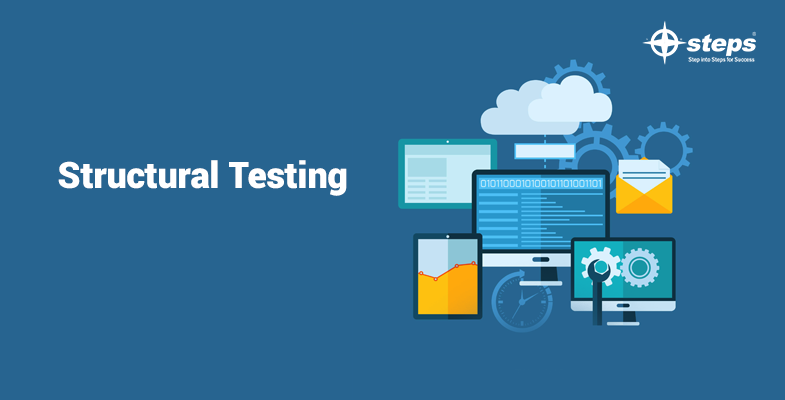Structural testing
Structural testing is the brand of testing carried out to test the planning of code. It is also known as White Box testing or Glass Box testing. This brand of testing requires the ability of the code, so, it is commonly done by the developers. It is more confused with how the system does it kind of than the functionality of the system. It adds more analysis to the testing.
For example, to test convinced error messages in an application, we demand to test to generate condition for it, but there must be much cause for it. It is achievable to miss out on one while testing the concern engaged in SRS. But using this testing, the trigger is most common to be closed since structural testing aims to envelope all the nodes and paths in the planning of code. It is integral to Functional Testing.
Using this approach the test cases drafted according to system requirements can be first tested and then more test cases can be combined to develop the coverage. It can be used on various levels such as unit testing, component testing, integration testing, functional testing, etc. It helps in operating thorough testing on software. Structural testing is commonly computerized.
Structural Testing Techniques:
Statement Coverage:
The sufficiency principle should be equal to 1 to assure 100% coverage. It is a good evaluation of testing each part in terms of description, but it is not a good approach for testing the control flow. For example, one node can be captured from various other nodes, but since the aim is to cover just the statements, those conditions are not covered.
Branch Coverage:
It is also known as Decision coverage testing. It aims to test all the branches or edges at least once in the test suite or to test each branch from a decision point at least once. It solves the problem faced in Statement coverage.
Condition Coverage:
It directs to test respective conditions with an achievable various combo of Boolean input for the explanation. It is an adjustment of Decision coverage, but it arranges better coverage and the issue analyzed under Branch coverage can be resolved.
Modified Condition/Decision coverage:
It is an adjustment of condition coverage. Its sufficiency criterion can be corrected as N+ 1 test case for N variables. The test cases are derived such that each variable individually affects the final output. So it arranges coverage for various conditions without expanding the size of the test case suite.
Path Coverage:
It aims to test the various path from entry to the exit of the program, which is a combo of various accords taken in the arrangement. The paths can be too many to be treated for testing, for example, a loop can go on and on. It can be avoided using cyclomatic complications, which help in conclusion out the avoidable test cases. So, cyclomatic complexity helps focus to test all linearly independent paths in a program at least once. These were some test coverage under this Testing.
Learning from scratch in a short period is also very important in the
learning process. Training on testing tools in Kochi or any other place helps you to understand more in the right way. In-depth knowledge of syllabus and practical gives more confidence. There are various Software Testing Automation course centers are available. Picking up the right one is significant. Find out the Manual Testing training institute in Kochi for a better start.

